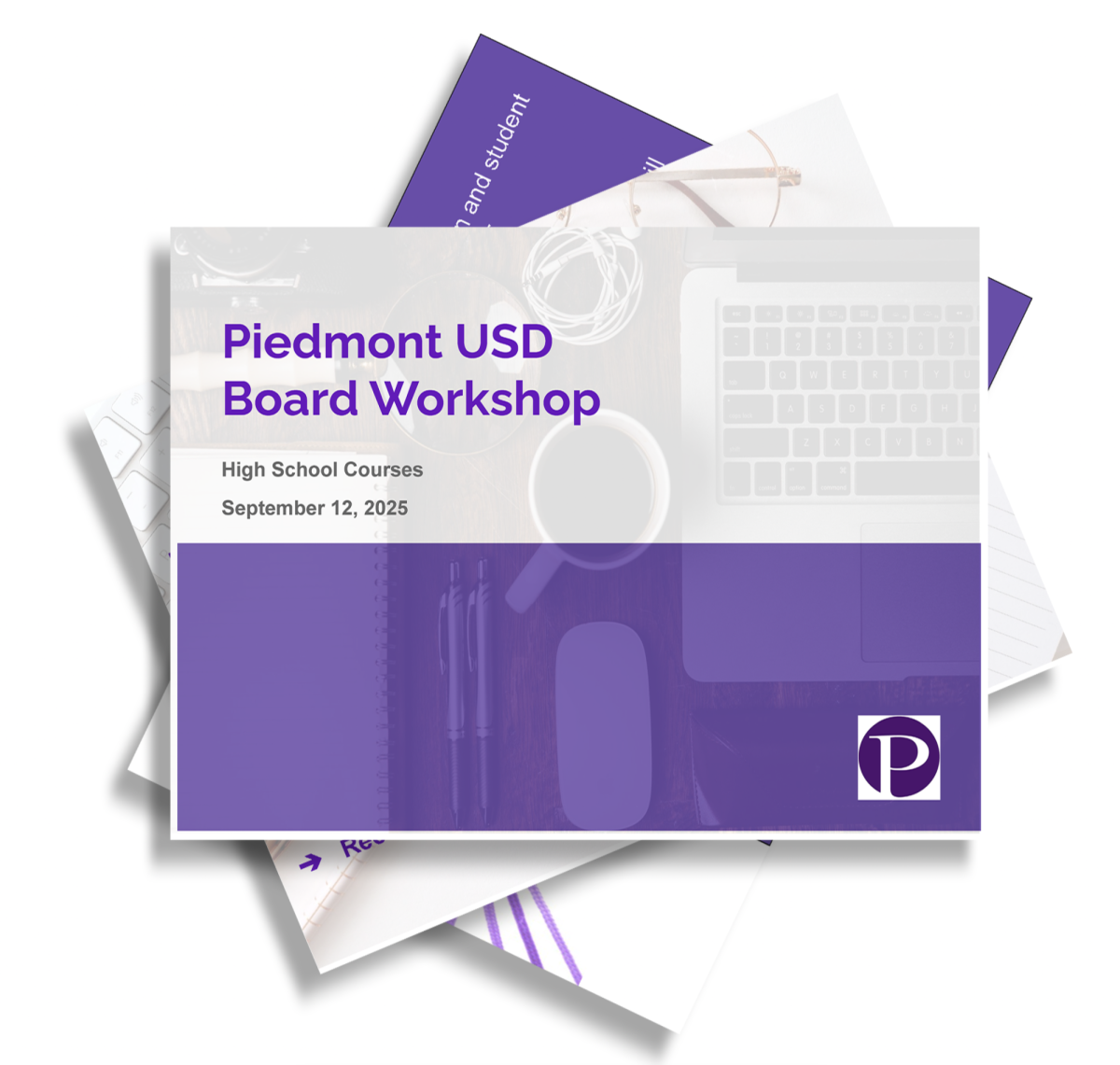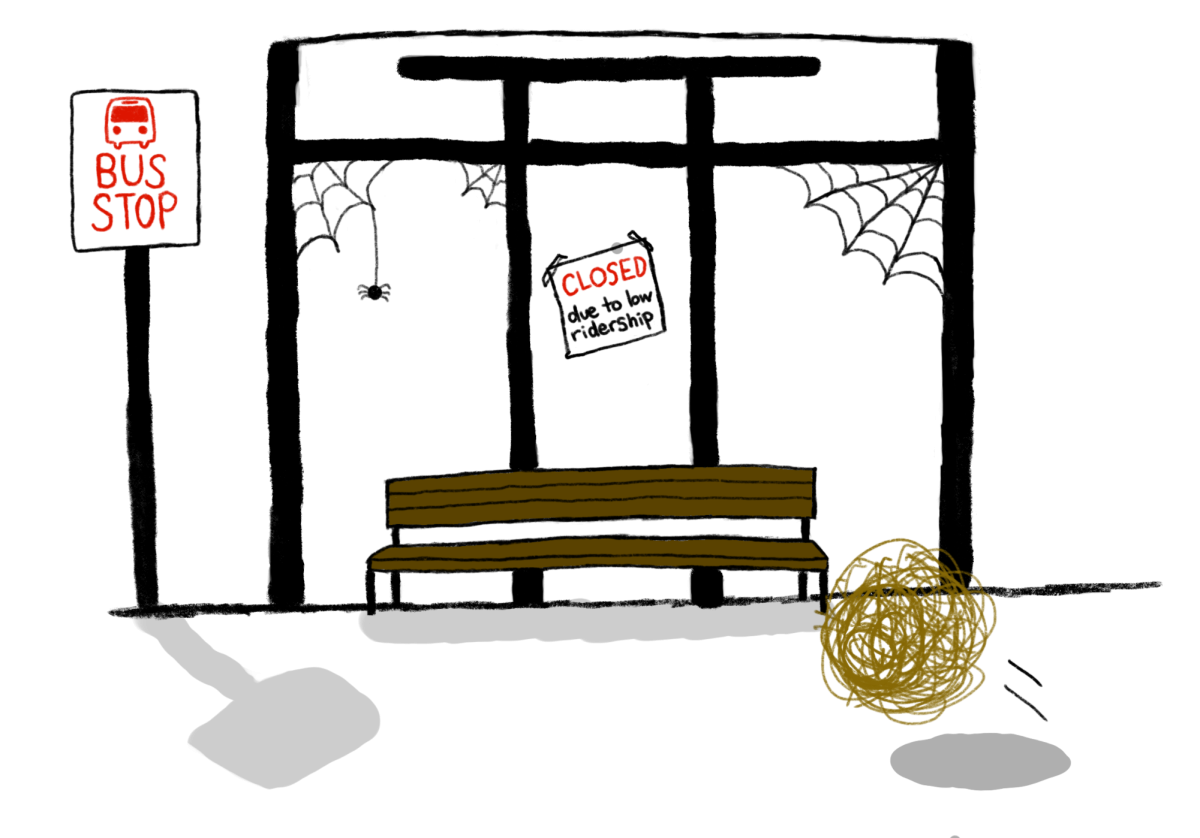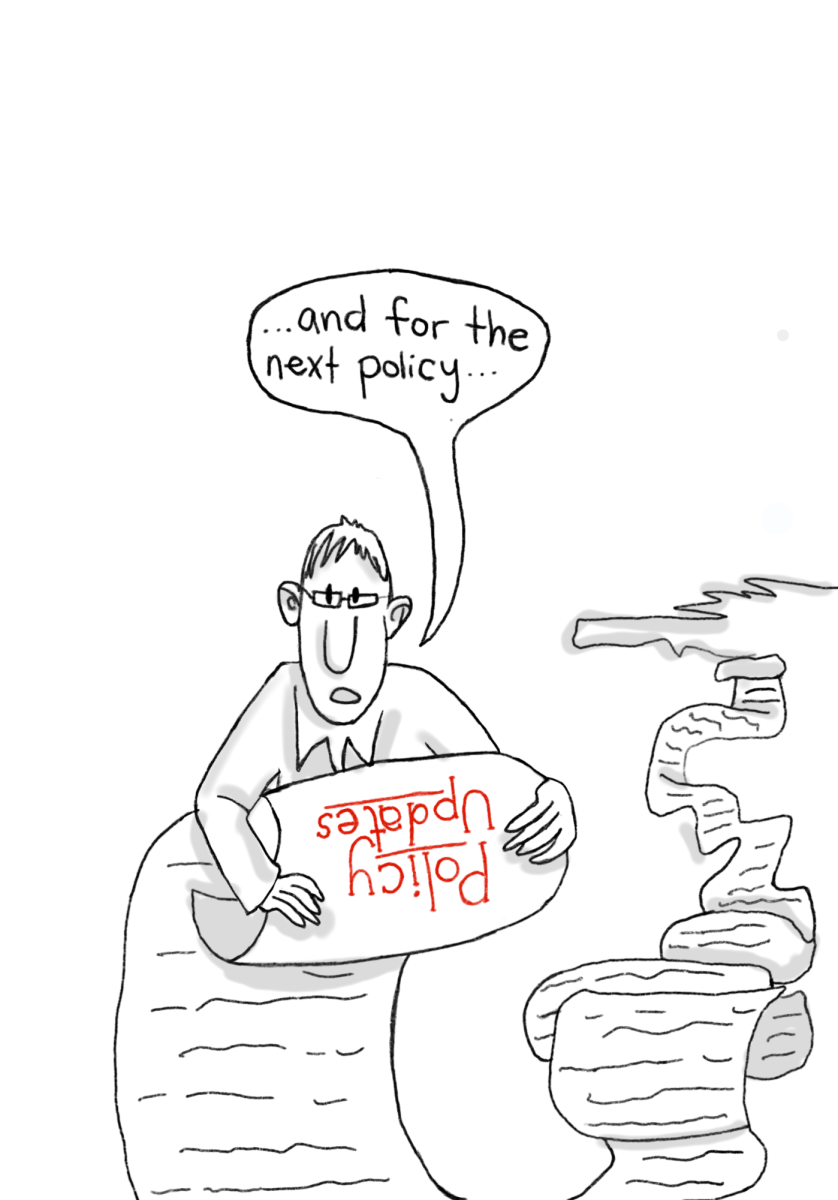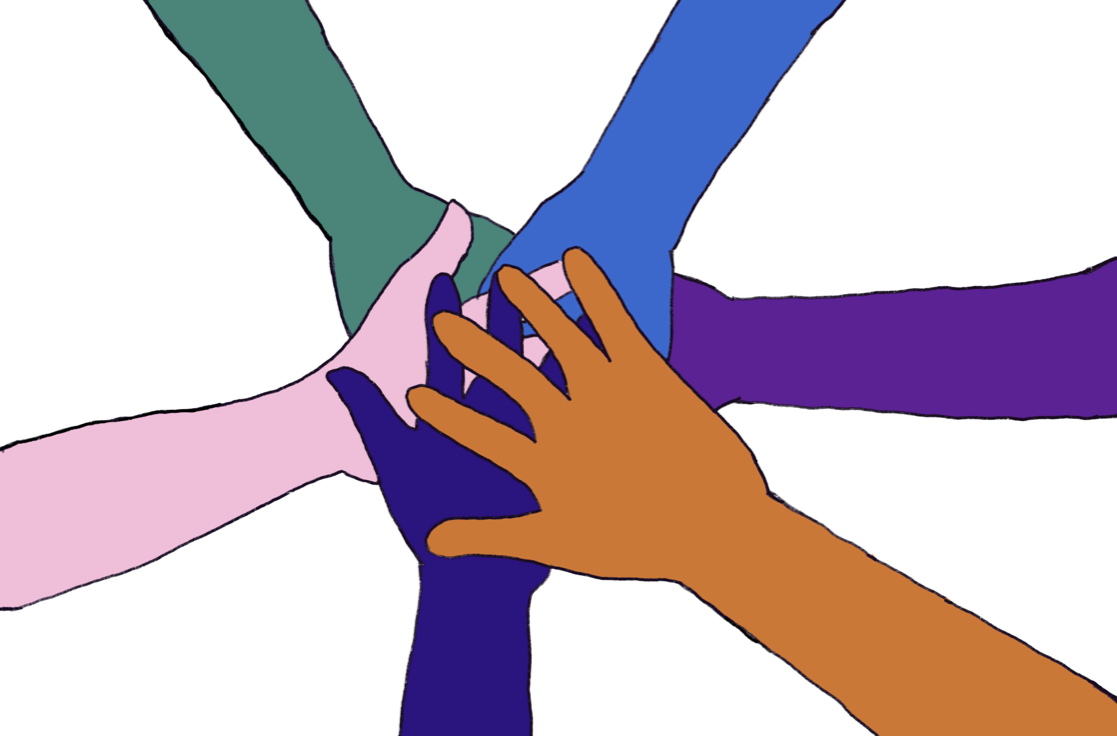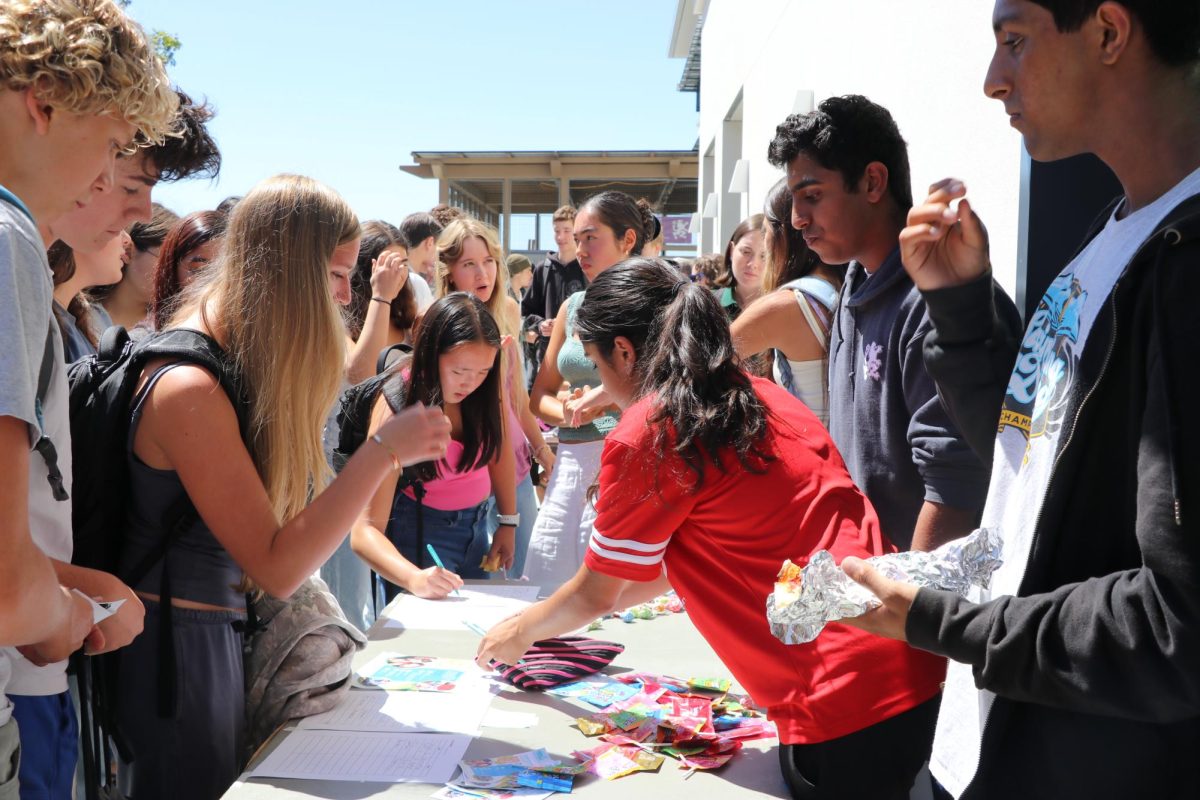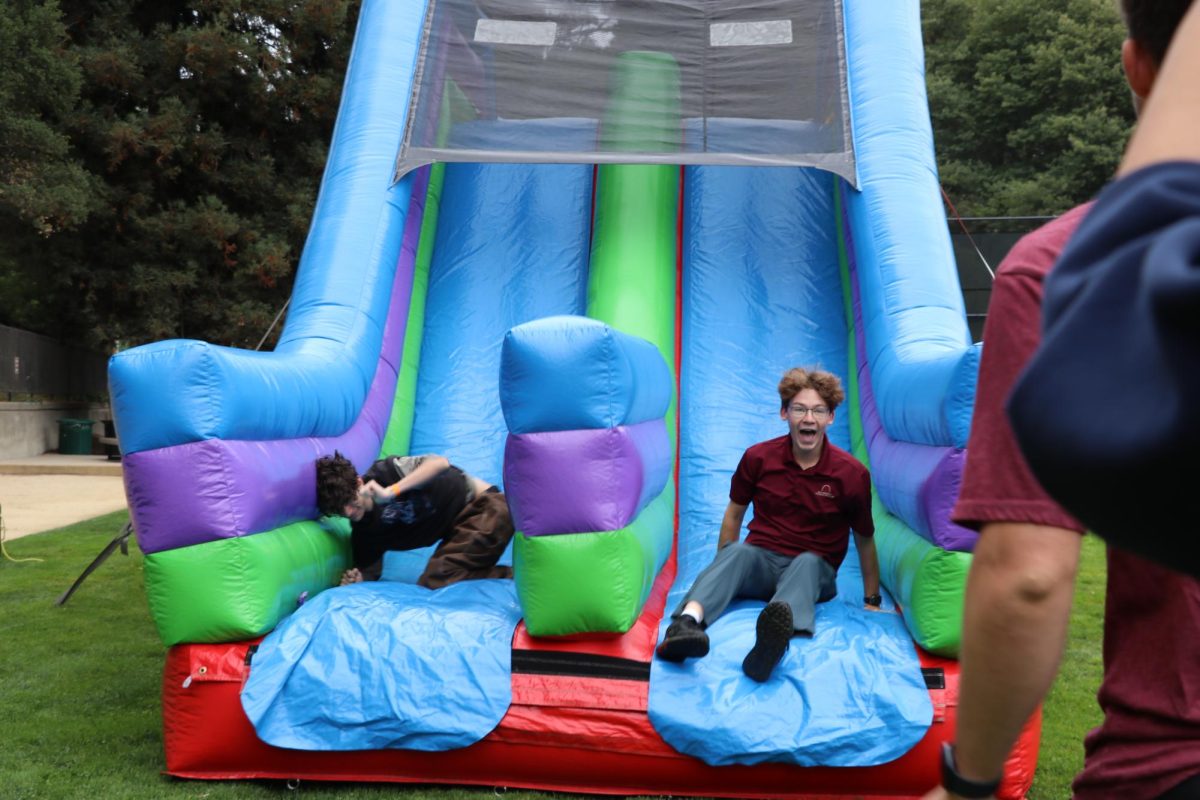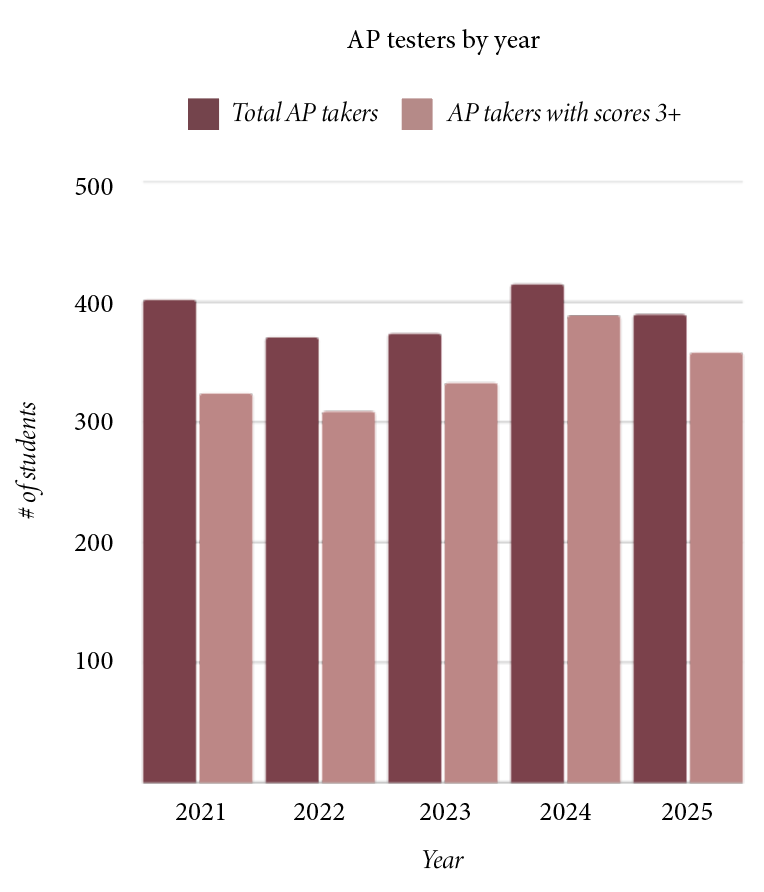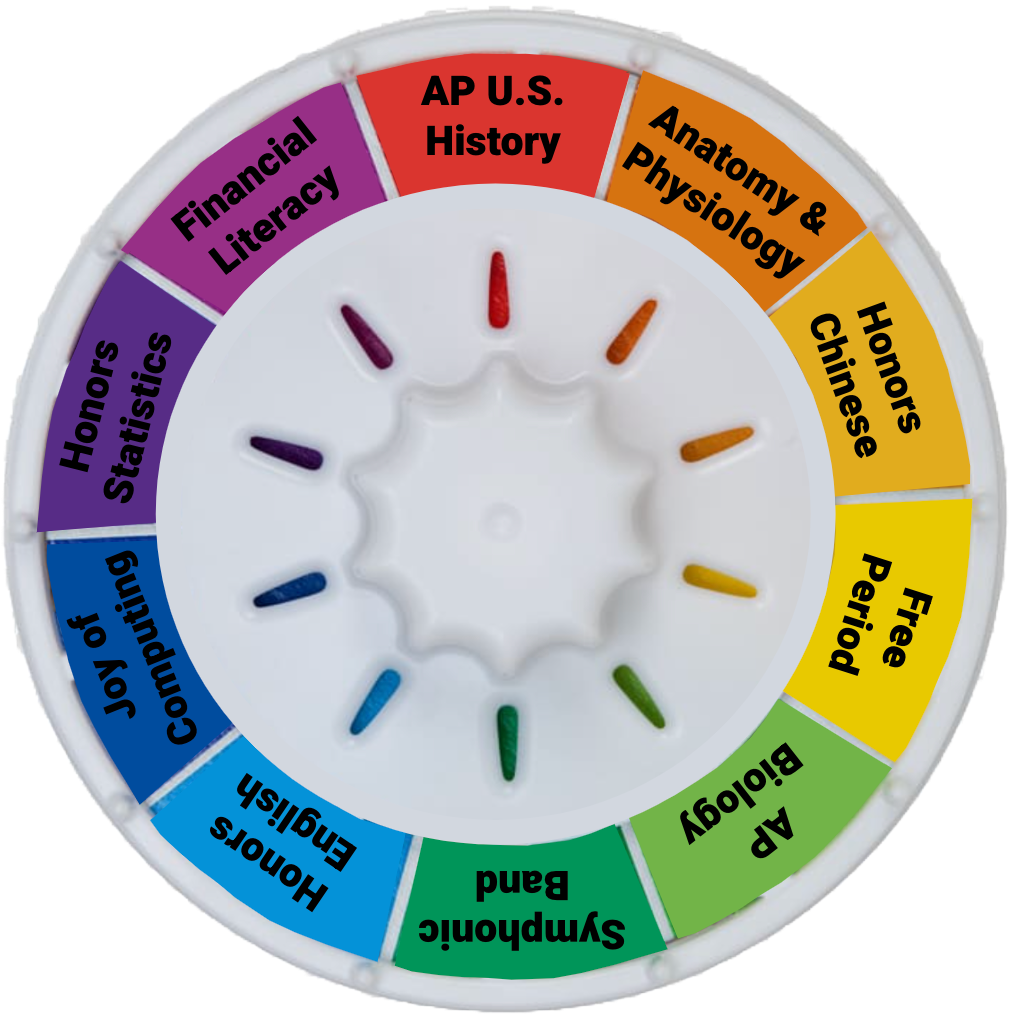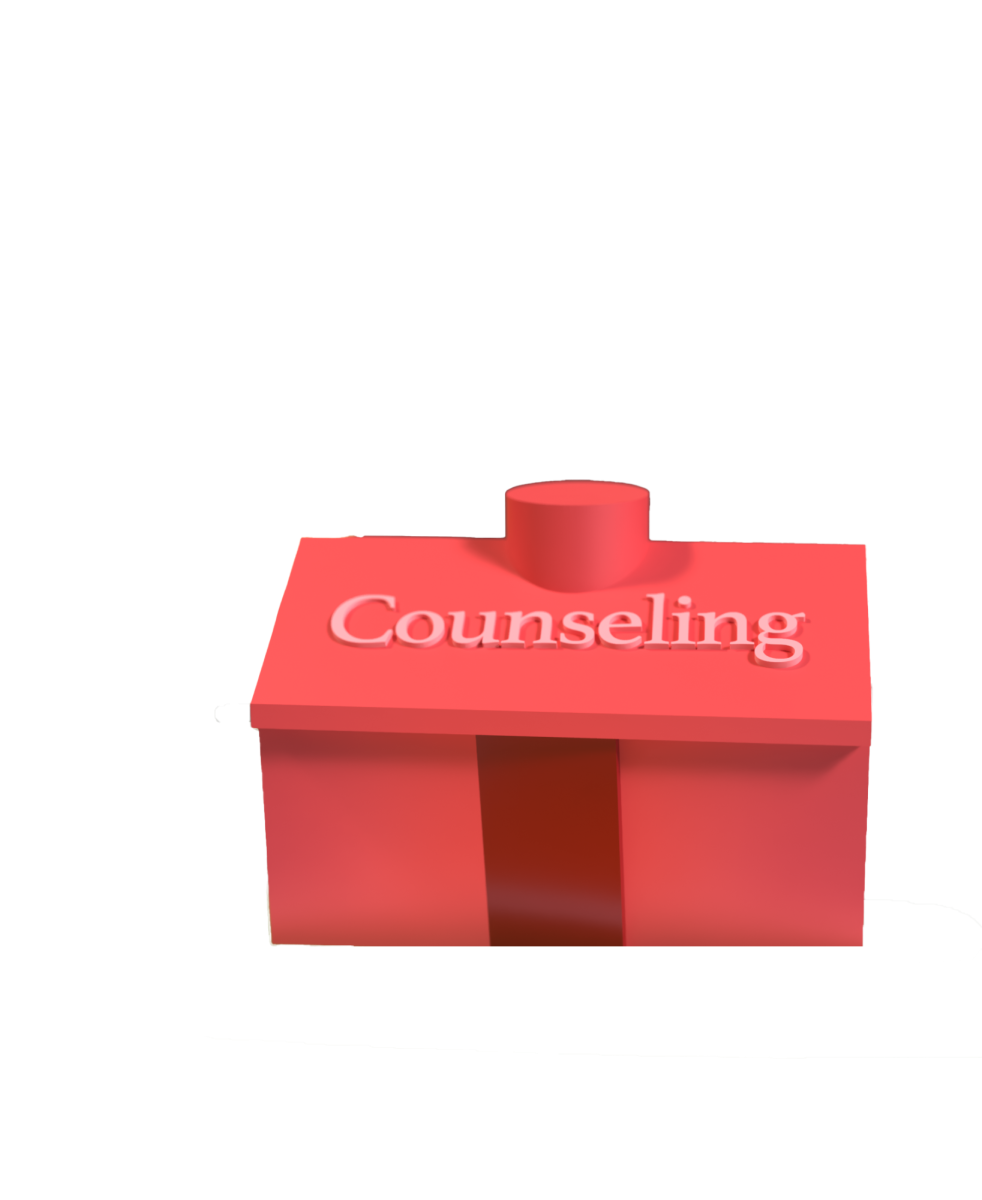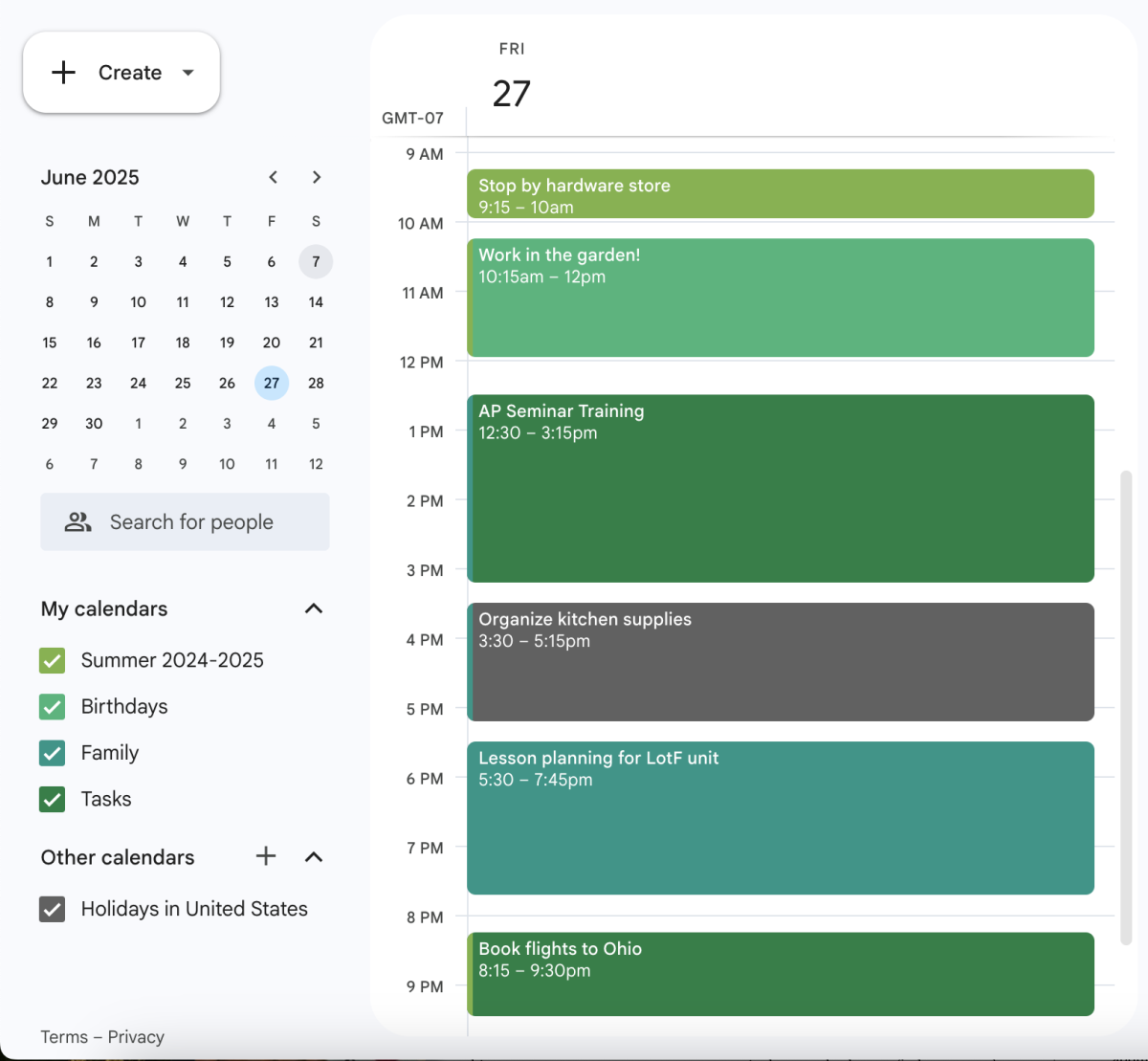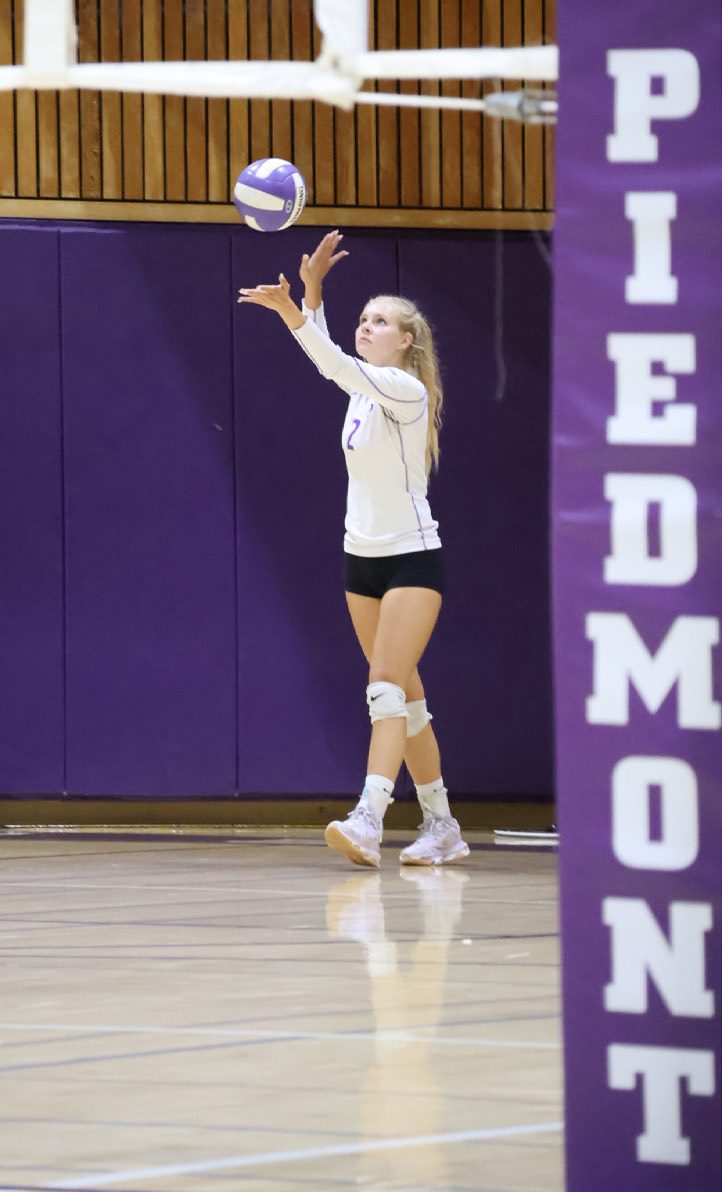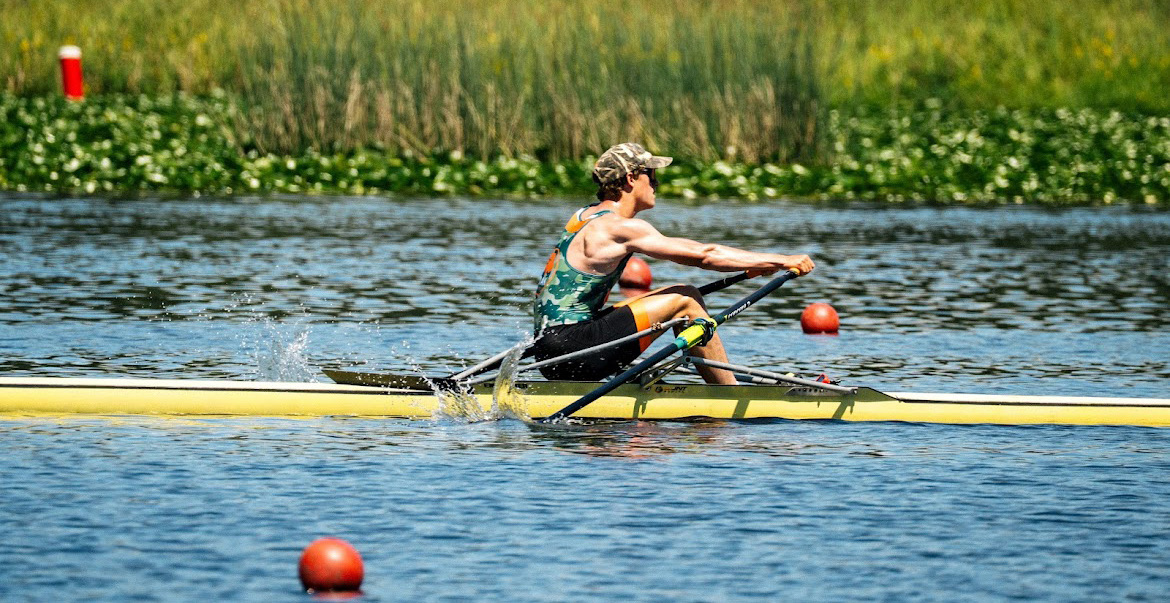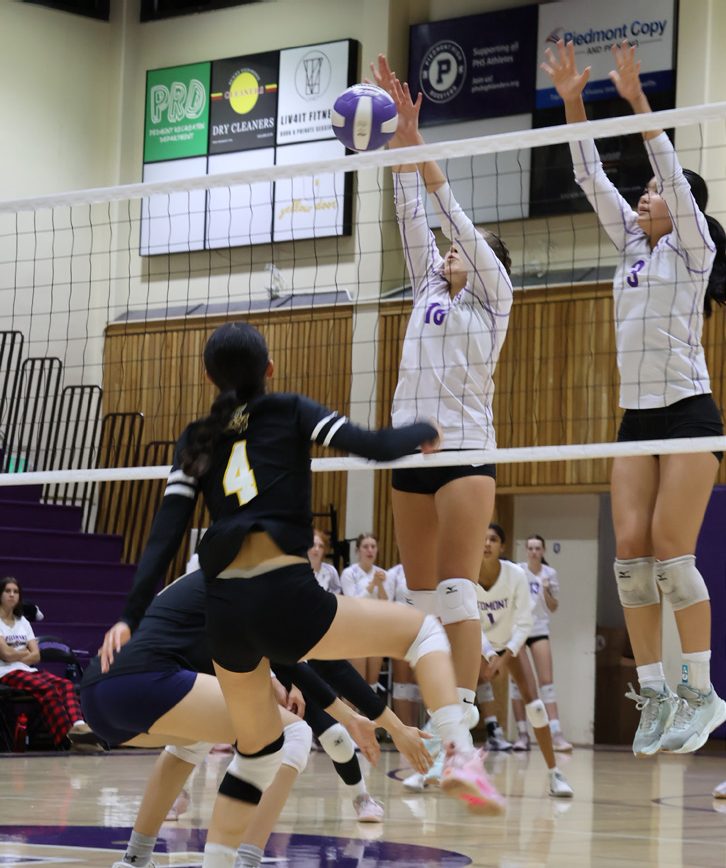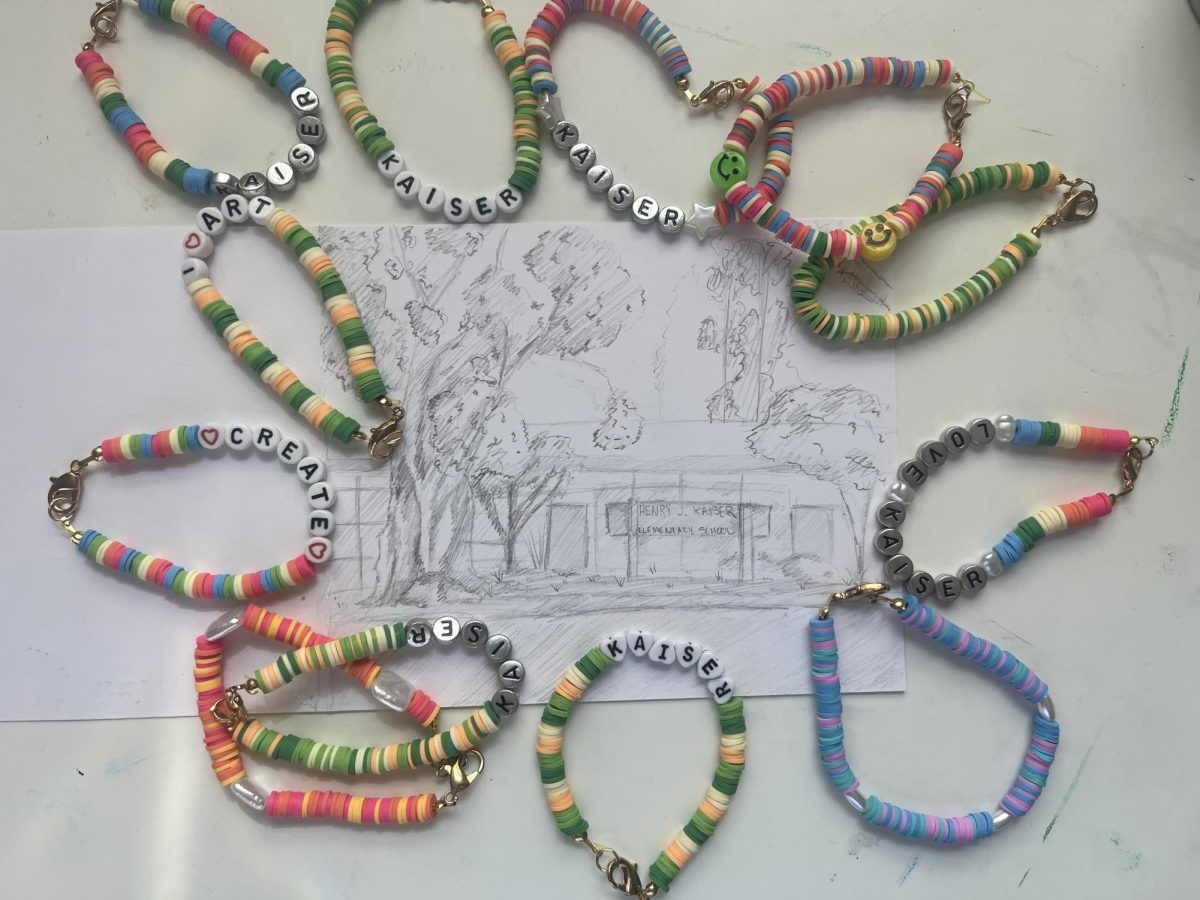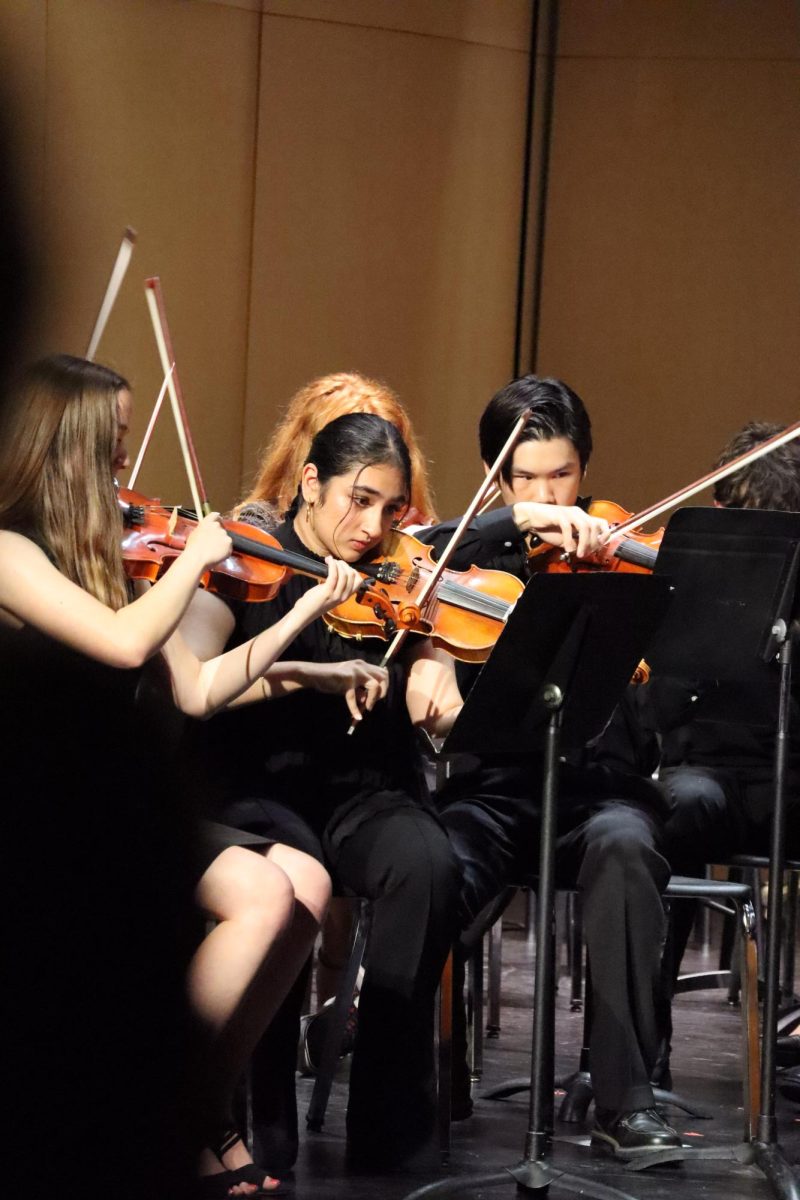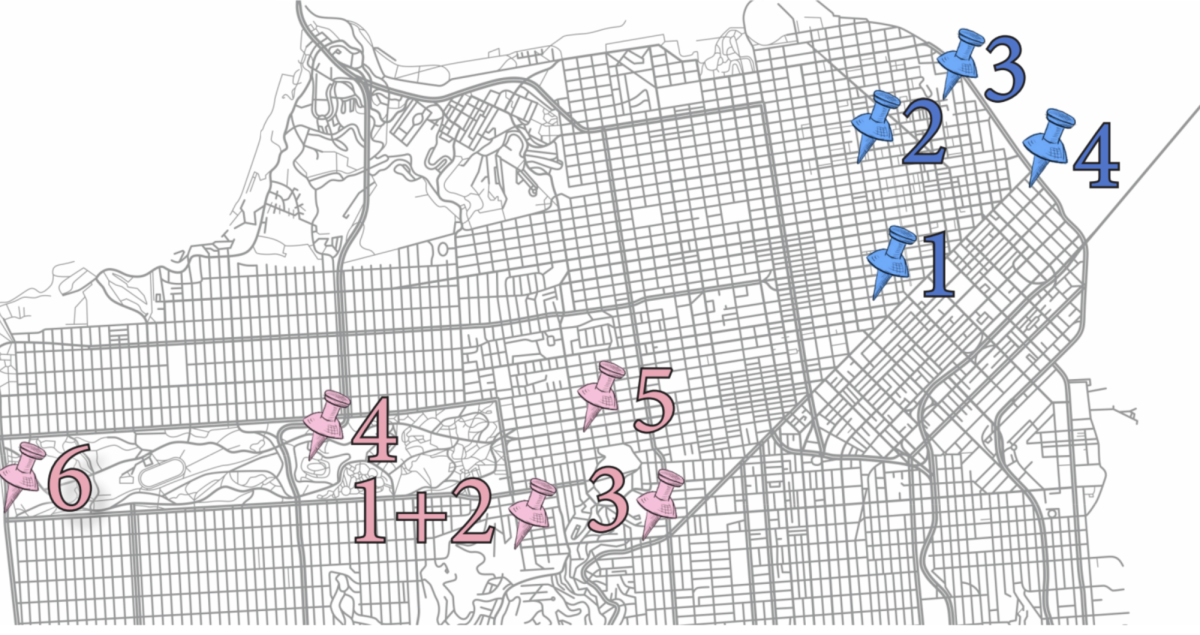The Academic Impact
Feb 17, 2023
At 9:30 pm, the ball dropped into the net, making the score 2-1 in a double-overtime away game. At 10:15 pm, a pencil dropped onto AP US History homework, rolling over a lame attempt at studying.
Sports are constantly in season for high school students, leaving little time for life outside of school. Student-athletes manage daily practice, games, and school work, taking time away from studying and other extracurricular activities. However, studies have proven that having a crammed schedule due to sports is associated with improved academic performances.

According to a study conducted by Mississippi College, increased motor skill levels positively impact academic achievement, cognitive skills, and attitudes.
According to Edutopia.org, an organization focused on improving education, physical exertion improves the human body’s chemical levels. A brief workout not only builds cardiovascular strength and muscles, but also increases blood flow around the body, releasing endorphins that improve mood and work performance. The physical activity supplied by the practices student-athletes attend provide mental clarity and stress relief.
Senior track and field runner Christian Taylor said the only stress he has when running is about his times; everything else is eliminated. “When I run, I lose sense of reality. All the stresses of homework and tests are gone,” Taylor said.
Sports seasons are full of physical activity, filling up what was once a student’s studying time with lifting, running, and games. Junior football player Derek Schleuning said that two hour practices and games occupy his entire Friday night and make finishing schoolwork difficult.
“Sports tend to make my academic stress go down because not all of my attention is going towards school like in the off-season,” Schleuning said.
Surveys and studies have concluded that student-athletes do better in school than the average student, earning better grades and graduating in a higher percentage.
According to a University of Kansas study, 97 percent of student-athletes graduated high school. This number was ten percent higher than students who had never participated in sports. “Athletes were also shown to have better G.P.A. outcomes than non-athletes,” according to their website.
While these studies are accurate on a national scale, their findings are not entirely reflective of the experience of the Piedmont student. Some athletes at PHS struggle to maintain their grades during their sports seasons.
“When I am in season I definitely see my grades begin to slip,” Schleuning said.
Student-athletes follow training and game schedules that occupy multiple hours of their time after school on most weeknights. With most of their time occupied by their sport, there’s less time for everything else, causing many compromises.
“It’s unrealistic for anyone to be able to give a 100% effort when they are juggling so many things,” senior volleyball player Tara Kothari said.
To manage their time, student-athletes have to prioritize which assignments they complete based on importance.

“If I know an assignment is super important, or if it determines a big part of my grade I am more productive,” Kothari said.
However, the impact sports have on students’ lives is not limited to their grades. Both Schleuning and Taylor said that they have to cut out all other extracurricular activities when they are in their respective seasons.
“Running has certainly affected my other extracurricular activities. With school and running I have much less time for my other extracurriculars,” Taylor said.
However, despite the difficulties of playing sports at the high school level, many student athletes appreciate their sports.
“Sports are a huge outlet for people. They let kids focus on something they love, and get out any pent up stress they might have from school,” Kothari said.
All three student-athletes. Schleuning, Kothari, and Taylor, said that their sport has become a positive way for them to release the stress they have built up from academics. For them, their respective sports have become therapeutic activities.

